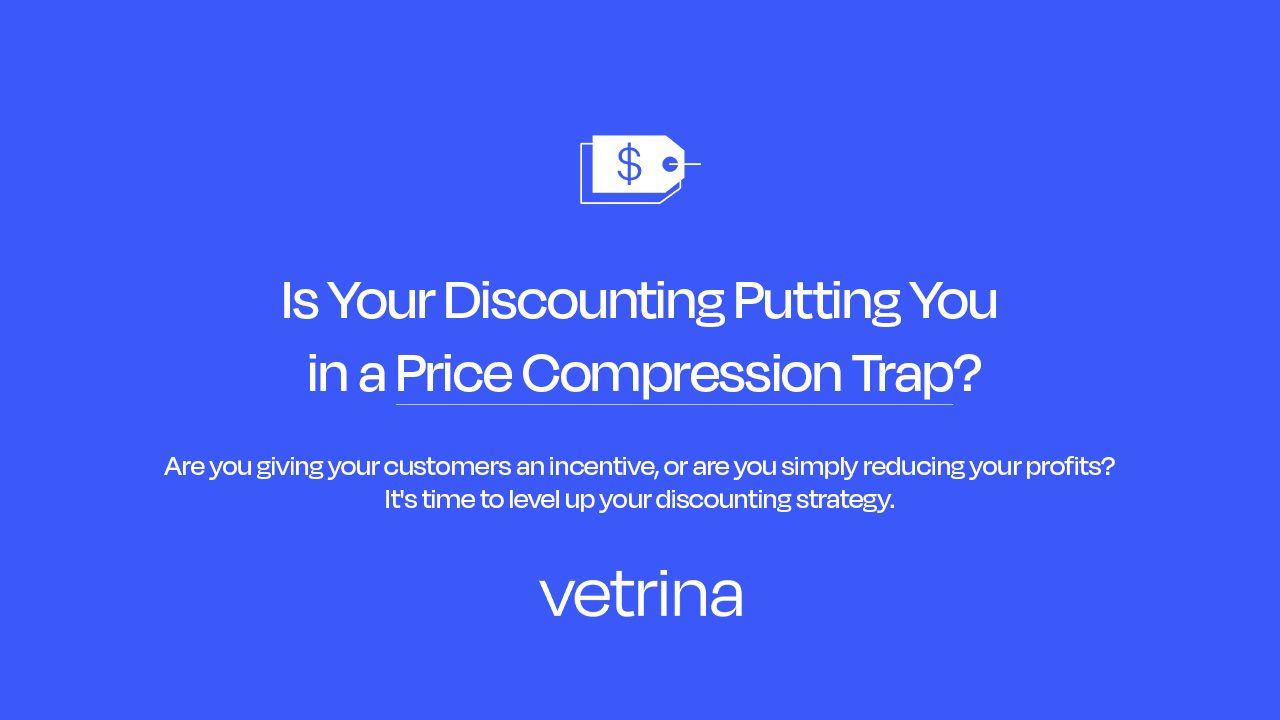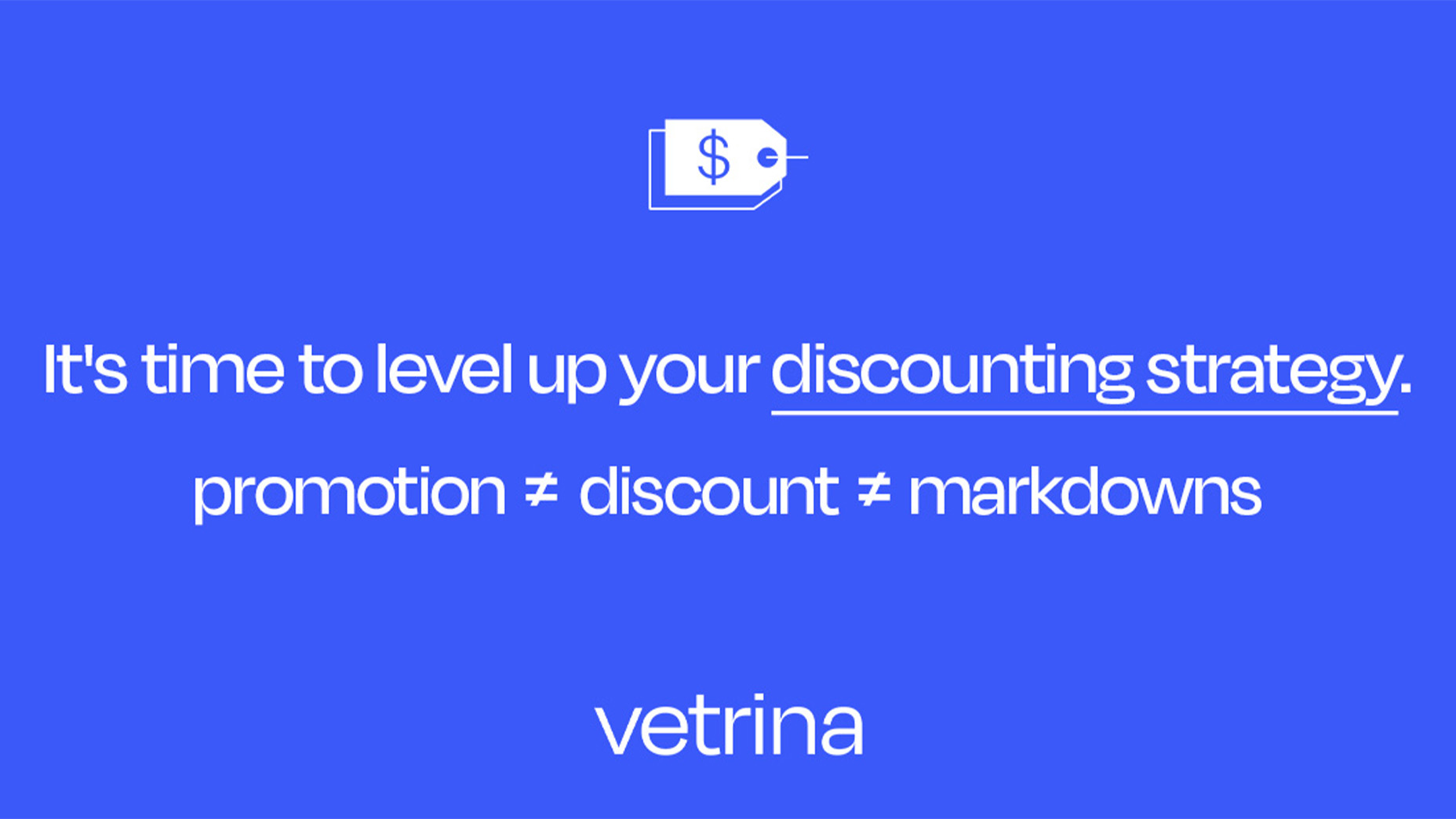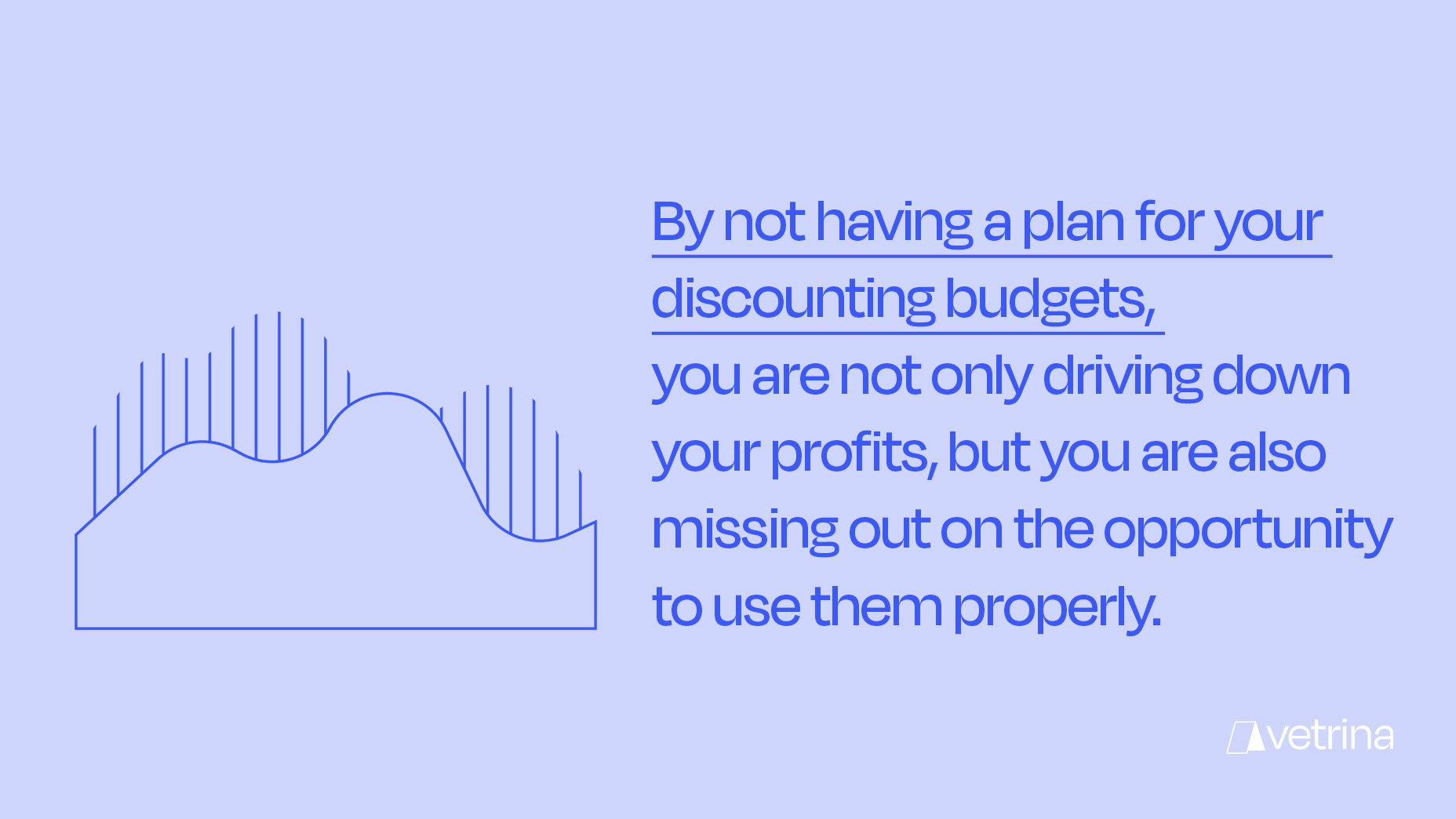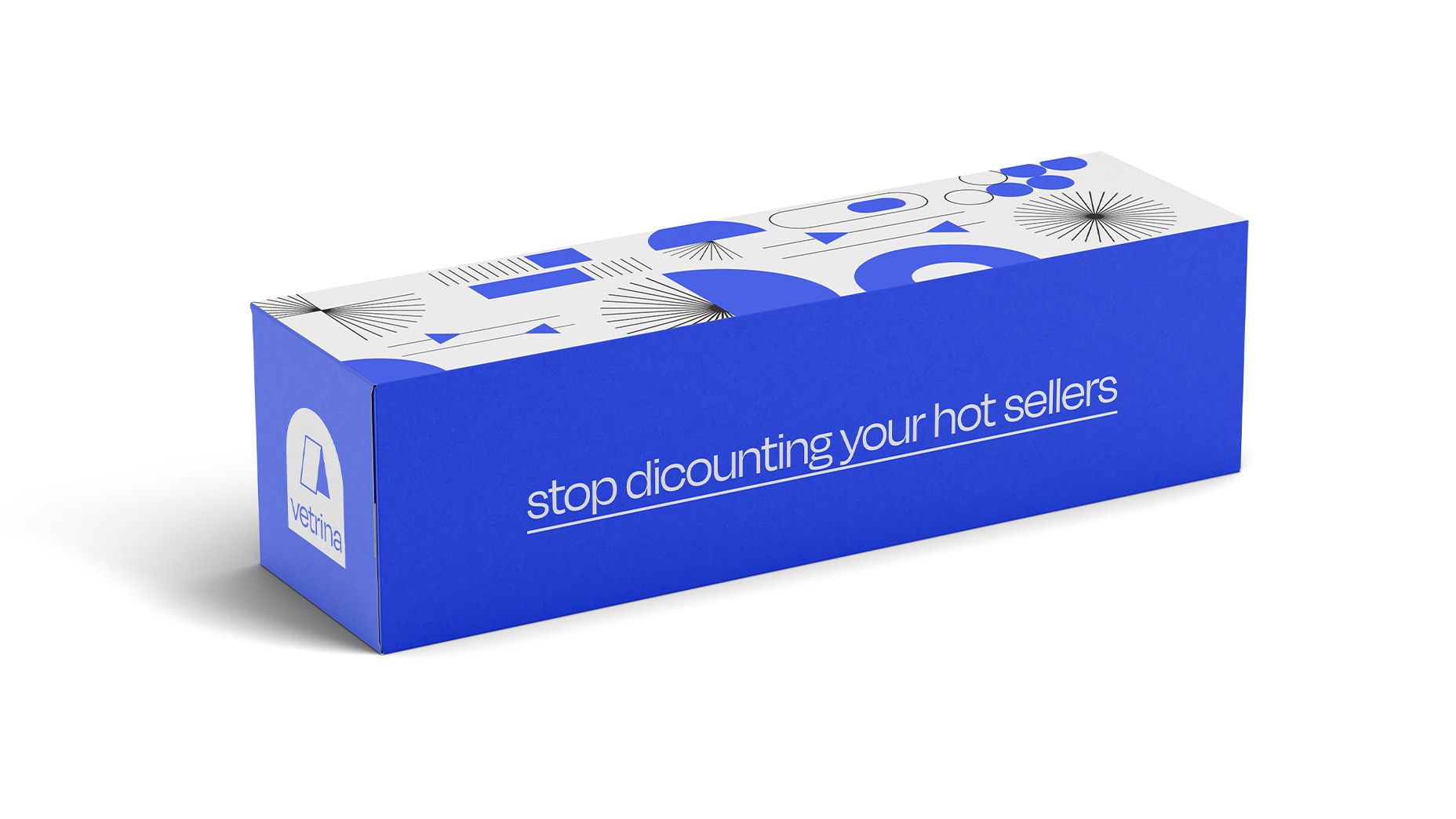
Is Your Discounting Putting You in a Price Compression Trap?
Apr 17, 2023Are you giving your customers an incentive, or are you simply reducing your profits?
It's time to level up your discounting strategy. Before we go into the nitty gritty, keep this in mind:
promotions ≠ discount ≠ markdowns

Not all discounts are equal, though your P&L or POS can sometimes make you think they are the same line item.
It is time to use these discount buckets intentionally and with a goal in mind.
What are the three discounting buckets retailers use?

Markdowns: This solution is perfect for inventory that is performing poorly, and if you do not plan on carrying the product again, you can sell through it.
The bottom line, you are enticing the customer entirely through price point.
Discounts: This solution is used strategically to temporarily change the price of a product. This doesn’t change the valuation of a product. Strategically placing these discounts within your calendar builds loyalty and strengthens relationships with select groups or segments of your customers.
Promotions: This creates a feeling of value that isn’t necessarily tied to dropping prices. You are moving the focus away from price by adding value in a non-monetary way. Think about when a shop offers free delivery, or being able to try free samples.
The Impact of Discounts on Pricing Compression
Does discounting cause pricing compression?
💡 Price compression in the cannabis industry refers to the decreasing prices of products being sold. This trend results in lower profit margins for retailers as they are forced to lower their prices to remain competitive. It can feel like a race to the bottom.
Many in the industry would point at discounting as the main cause of pricing compression, when in fact, markdowns and promotions are the worst culprits.At the beginning of this blog, we outlined the three main types of discounts and when to use them. Now, let's explore the reasons why pricing compression can occur due to a lack of strategy.If your store is using markdowns without a plan to:
- Sell a product that is a top-seller — and it will be restocked
or
- Price match a competitor
You are running the risk of falling into a pricing compression trap, and:
- Creating ‘consumer addiction’ to discounts on planned purchases. If you know a retailer offers monthly sales on all products, you are more likely to wait to purchase, even though you would buy at full price.
- Lack of sustainable profitability through a thousand cuts to your bottom line.

By not having a plan for your discounting budgets, you are not only driving down your profits, but you are also missing out on the opportunity to use them properly.
Instead of focusing on lowering the price, a good promotion can help sell more products and make up for the decrease in profit margin.
Planning Sustainable Discounting for Retailers & Brands
As a responsible retailer or brand, you can identify the most valuable and cost-effective promotions by understanding the underlying customer dynamics.
This includes analyzing customer data to determine which promotions are most effective and targeting specific customer segments with personalized promotions. By doing so, you can maximize the impact of your promotions while minimizing costs and waste.
Retailers:
- Intention: Before marking down a product or running a promotion on a product that has great velocity, ask yourself what the intention of the pricing strategy is.
- Value versus Discount: Instead of marking down slow-moving products, consider running value-based promotions (i.e. BOGO offers) with other products. Sometimes it's just a suggestive sales strategy of 2 for $14 (and you do not need to adjust the price at all).
- Merchandise: Stage a ‘focus’ in-store, offering complementary products alongside poor-performing inventory, and creating promotions that work strategically for your margins.
Brands:
- Suggest Product Promotions: Work with retailers to suggest customized product promotions that allow them to push new product offerings, without sacrificing most of their gross margins
- Suggest Value Combinations: Offer product assortment combination suggestions for retailers to use in future promotions with complimentary products that add value to each other
Both retailers and brands should carefully evaluate the potential impact of any promotions before implementing them. This evaluation should include understanding customers' purchase behaviors, market penetration, loyalty and persistence, as well as analyzing the incremental turnover and sustained loyalty resulting from the promotion.
By fully evaluating promotions, retailers and brands can make informed decisions that maximize the promotion's value while reducing the dreaded race to the bottom, aka pricing compression. This approach can ensure that pricing strategies are sustainable, profitable, and beneficial for both the business and its customers.
If you started to sweat a little while reading this or became curious about how to apply these actions to your business, be sure to sign up for our newsletter.

Tactical insights to become
a Cannabis Retail Insider!
Access expert insights in one easy-to-digest
and follow-along newsletter.
We hate SPAM. We will never sell your information, for any reason.


